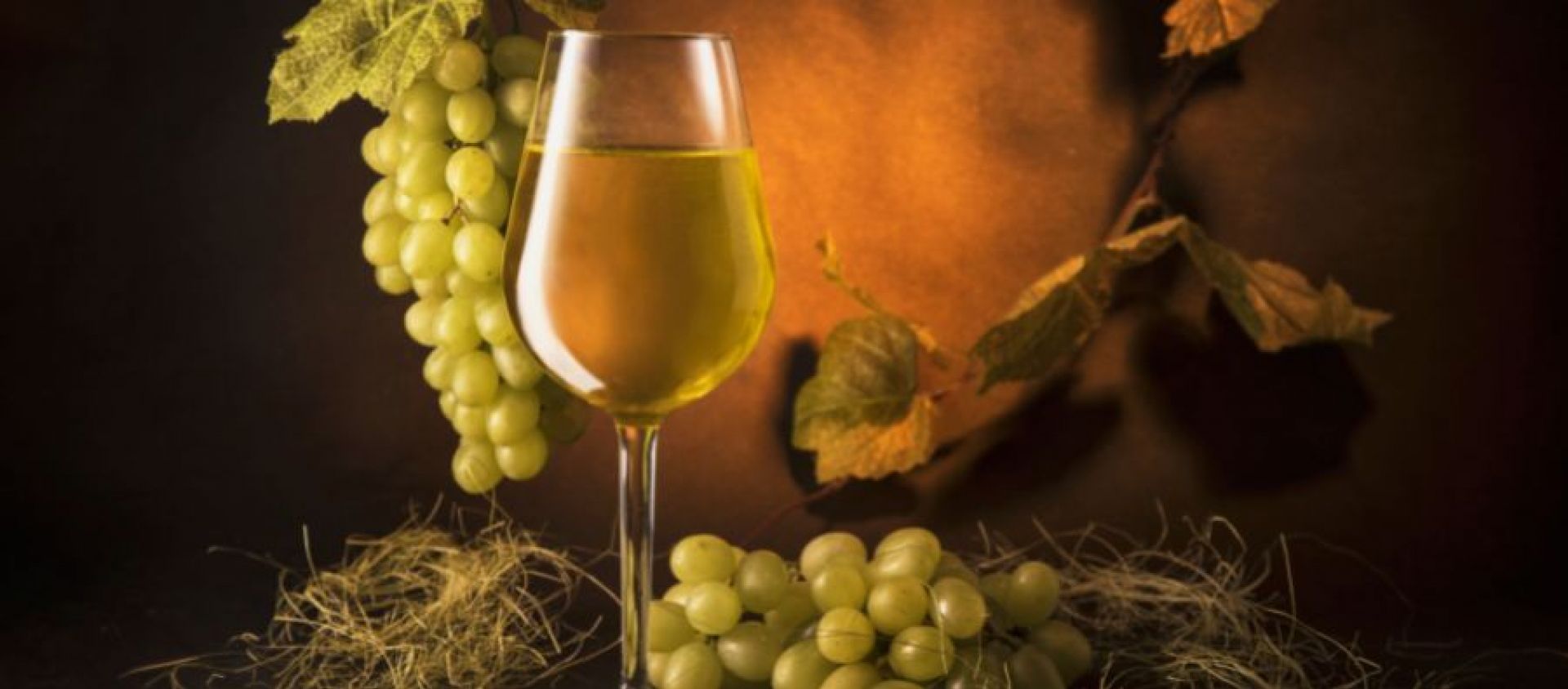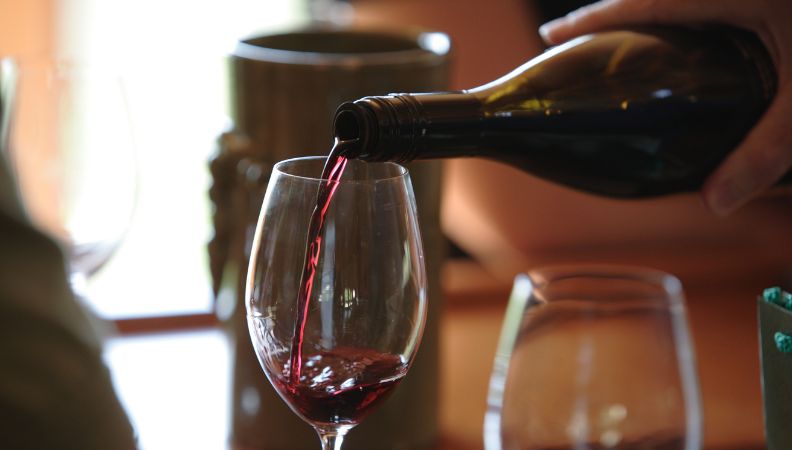
Insights
The Wine Consumer Culture in the US
Wine has now evolved as part of life, culture, and diet more than ever before. Let’s take a look at the wine consumer culture in the United States.
Alcoholic beverages are at the vanguard of various developments that offer leaders enormous opportunities and tremendous obstacles today. Because alcohol is subject to legislative changes and developments in technology, retailing, and consumer culture, consumer behavior in this domain is arguably on a faster evolutionary trajectory. Wine consumption has become a status symbol, particularly among millennials and the younger generation, who are now driving the wine market.
Since the 1980s, wine consumption in the United States has been gradually expanding. The market for wine in the United States was valued at USD 63.69 billion in 2021, and it is predicted to increase at a CAGR of 6.8% from 2022 to 2030. (Grandviewresearch) Wine sales have increased across the United States as a result of product innovation in terms of flavor, color, and packaging. In addition, the ongoing importation of high-quality wines into the United States is projected to maintain a solid client base and fuel market growth in the foreseeable future.
With a massive change in consumer preference and wine culture, wine is now becoming a significant and healthy element of American society, stimulating discussion and education. Cabernet Sauvignons are no longer only reserved for special occasion steak meals in the American wine market. Rosé wines aren't just for Sunday garden parties or ladies in pretty hats.
Drinking habits have changed over time, and today's consumers want higher-quality wines consumed in moderation as part of a modern, sustainable, and healthy lifestyle. In contrast to wine's intrinsic culture, several countries face alarming trends in alcohol misuse, particularly "binge drinking," which has enormous health, legal, economic, and societal consequences. Nonetheless, research demonstrates that moderate wine consumption is the norm, with only a minor percentage of people drinking excessively or irresponsibly.
Wines that are successfully cultivated and harvested in the neighborhood have piqued the interest of the people of America. To mention a few, AVAs such as Sonoma and Willamette Valley are producing some of the world's most fascinating and nuanced wines. In the same way that even the most prestigious American restaurants are abandoning formal table service in favor of innovation, the same way winemakers are eschewing the traditional vinification techniques. Vintners globally, not only in California, implemented good grape-growing and winemaking processes, and they challenged established regions' monopolies. As substandard vineyard areas began to come into their own, the wine world developed in scope and diversity.
New World Wines (Wines produced outside of Europe and the Middle East's traditional wine-growing regions, such as Argentina, Canada, Australia, Chile, New Zealand, Mexico, South Africa, and the United States), for which Americans have developed a strong liking, have more fruit-forward and assertive flavors that are easy to appreciate and adapt to, dispelling the myth that wine is reserved for the well-bred palate. Warmer temperatures, such as in Chile, Australia, and areas of the Western United States, allow for the development of more ripe fruit qualities in New World wines. The lengthy ripening phase typically results in creating wines that are more full-bodied and alcoholic, resulting in rich and well-rounded flavor profiles that can be consumed without aging. However, many of these New World wines are aged in oak barrels, which only adds to the wine's individuality by bringing out more distinct and fascinating characteristics.

New World wines have encouraged a decent population of enthusiastic neophytes to ease into the fascinating but admittedly complex world of wine. With their luscious red fruit and tropical taste notes, these vintages have allowed even inexperienced palates to not only recognize but also acquire preferences for exceptional wine.
Light wines, dry wines, super-sweet wines, soft and fruity wines, and tart and minerally wines are all available in the market. Consumers are drinking just about anything, as long as it's beautifully crafted. Even recent growth in broad categories such as dry rosés and sparklers is more of a reflection of diversification than of interest in dry rosés and sparklers. Consumers have grown accustomed to receiving more of everything.
Furthermore, because there are so many diverse wine regions today, consumers are starting to realize and appreciate the vast differences in sensory quality, even among places that cultivate the same grape varietals. That is to say, Napa Valley is no longer the only place to look for Cabernet Sauvignon; the same goes for Chardonnay from the Sonoma Coast, Pinot Noir from the Russian River Valley, and even Willamette Valley.

A trend toward increasing diversity in the wine business is almost certain to continue. Grenache, like Malbec, is best recognized for its leading role in Côtes-du-Rhône and Châteaneuf-du-Pape, but it has long been a supporting character in the New World. Grenache bridges the gap between Cabernet Sauvignon's firmness and intensity and Pinot Noir's relative lightness and finesse. Many of these red blends recently gained popularity and have benefited from their velvety texture and high-toned fruit.
If a few wine enthusiasts can generate a sudden demand for table reds made from Mission grapes—a grape that the entire California wine industry has been trying to avoid since the 1850s, they can certainly enact massive, wholesale changes in what is grown, produced and sold in every American wine region. After all, customers know what they want and how they want it.
Article by Aakriti Rawat, Beverage Trade Network
Become a USATT exhibitor and grow your distribution in the USA. Meet importers, distributors, retailers and press. Get exhibitor information here.


